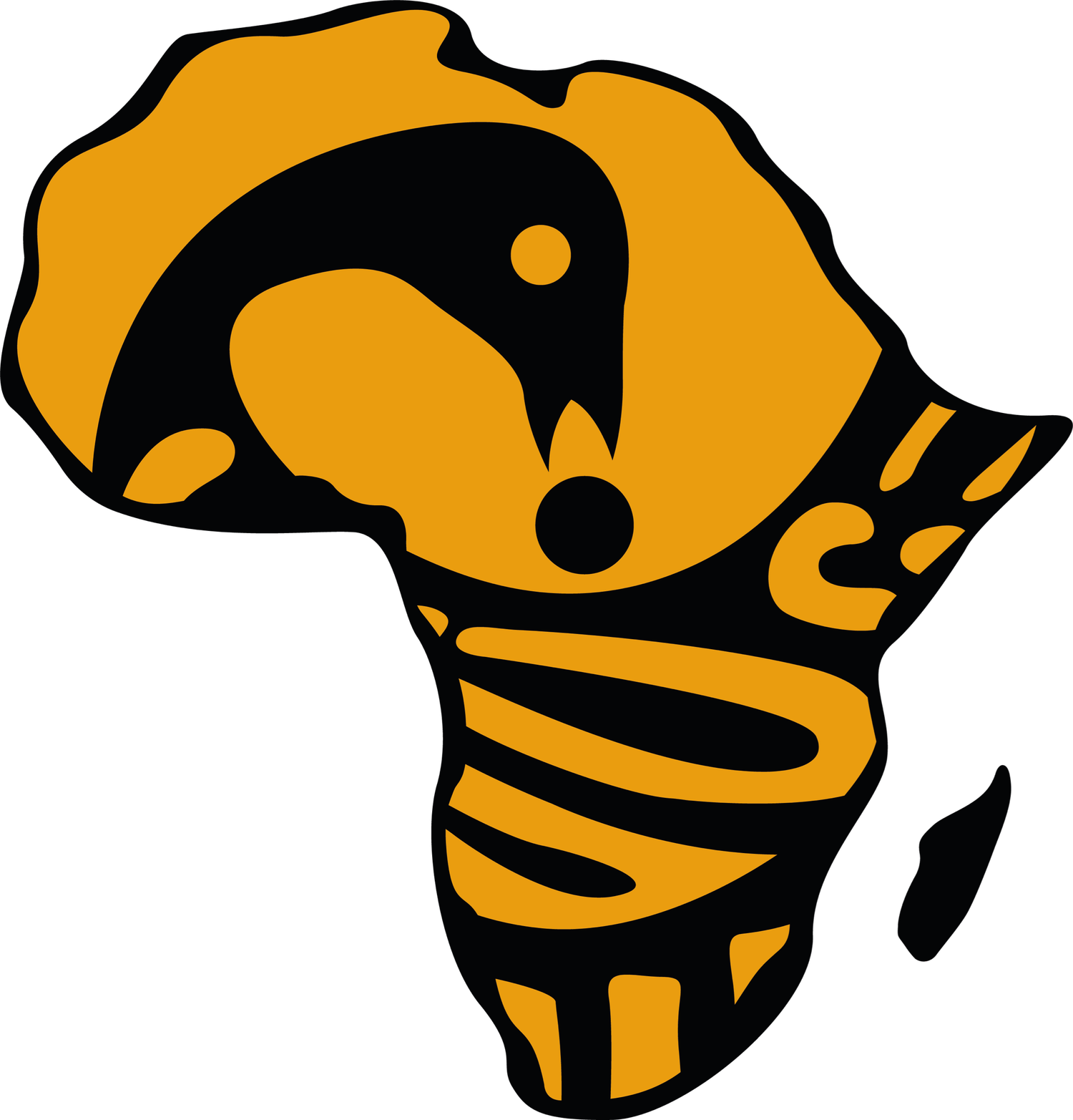Black Women & Revolution 1
Click here to download this lesson in slideshow format
Welcome to Liberation Philosophy Level 1, Lesson 5: Black Women & Revolution
In this lesson, you will learn about:
The leaders of revolutionary movements
Examples of revolutionary movements
The Ndongo Kingdom
The Haitian Revolution
Objectives
At the end of this lesson you will understand:
That Black women are often the driving force of revolutionary movements and community development
That Black women have led some of the most progressive resistance movements throughout history
Throughout history, women have been at the forefront of revolution. Sexism has often forced women into fringe roles within revolutionary movements, or removed their contributions from history altogether. However, Black women have often been the most revolutionary people of all.
When Portugal intensified its slave-trading activities in the 17th century, Africans resisted. In 1622, Ann Nzinga, a royal sister of the Kingdom of Ndongo, attended a peace conference with the Portuguese in the coastal city of Luanda. She demanded that:
the Portuguese evacuate Kabasa, Ndongo’s capital
that they wage war on the Jaga, an African people much involved in the Slave Trade
that all Ndongo notables who had become underlings of the Portuguese must return their loyalty to Ndongo.
In return, Nzinga promised to hand over Portuguese prisoners of war. A treaty between the nations was then signed.
This treaty was almost immediately breached by the Portuguese, who invaded the Kongo Kingdom to the north of Ndongo. In 1623, Nzinga became the ruler of Ndongo, known as the Ngola. She quickly made the regional alliances necessary to fight the Portuguese, allying with Kongo and even with the Jaga. Ndongo was free by 1624, and Nzinga declared all enslaved Africans entering her country legally free.
By 1629, her forces and allies captured Matamba, the neighbouring state to the east. This state had a tradition of being ruled by women and was also declared free. Nzinga set up a formidable resistance movement in the hills of Matamba against the Portuguese. She promised land and freedom to the enslaved Africans who were forced to fight for Portugal and they defected to her side. Nzinga was one of the first African rulers in history to forge an alliance based on Blackness on the continent.
Women played a vital role during the Haitian Revolution. Adbaraya “Mama” Toya, also known as Victoria Montou, was a hugely influential figure during the Revolution. Originally from Dahomey (modern-day Benin), Mama Toya was a fearless warrior who taught Jean-Jacques Dessalines - one of the revolutionary leaders - military tactics and hand-to-hand combat. In Dahomey, she was a member of the women’s council and one of the fabled “Amazons of Dahomey.” She was also a doctor and would heal wounded soldiers during the revolution. Mama Toya lived right through the revolution to see Haiti become the first Black independent nation of the Americas.
The Haitian Revolution was sparked off by a woman named Cecile Fatiman. She was a mambo, a female Voudon priest, and along with Dutty Boukman, she performed a ceremony at a place called Bois Caiman. This marked the start of the revolution and the beginning of the end of Trans-Atlantic slavery.
During the revolution, 30% of the troops in the revolutionary army were women. On the island, 60 to 70% of all captives were men. This means that almost every single woman was on the front lines fighting for Haiti. Sanité Bélair was one of the female troops. She was a lieutenant in Toussaint L’Ouverture’s army. Originally enslaved, Sanité Bélair rose up to become an important commander in the revolutionary army. When captured by the French, she demanded to be executed by firing squad like the male soldiers. Her husband, Charles Bélair, was reportedly in tears at the thought of his execution, and Sanité is said to have slapped him and shouted, “Stand up! Do you not know how sweet it is to die for liberty?” She also refused to be blindfolded during her execution, dying as a brave revolutionary.
Harriet Tubman was a revolutionary from Maryland, USA. Born into slavery, at the age of 27 she escaped the plantation and freed herself. She made use of the Underground Railroad, which was a network of secret passageways and safe houses set up by enslaved Africans in the USA. She eventually returned to the same plantation to free her family.
Harriet Tubman would use singing to get covert messages to other enslaved Africans. Songs would consist of secret routes and meeting places, transmitted across plantations with enslavers none the wiser. Tubman would even change the tempo of a song for message specificity. She travelled to various counties and states, leading captives to freedom. She eventually got the nickname “Moses” for her efforts and freed over 100 Black people from enslavement.
During the American Civil War in 1863, Tubman guided a raid along the Combahee River in South Carolina, freeing more than 750 slaves. Later in life, after the USA had formally abolished slavery, Tubman was a prominent activist for women’s suffrage - the movement to give women the right to vote. However, unlike most suffragettes who were racist, Tubman understood that racism and sexism were intertwined and that all women deserve equal rights, not just white women.



